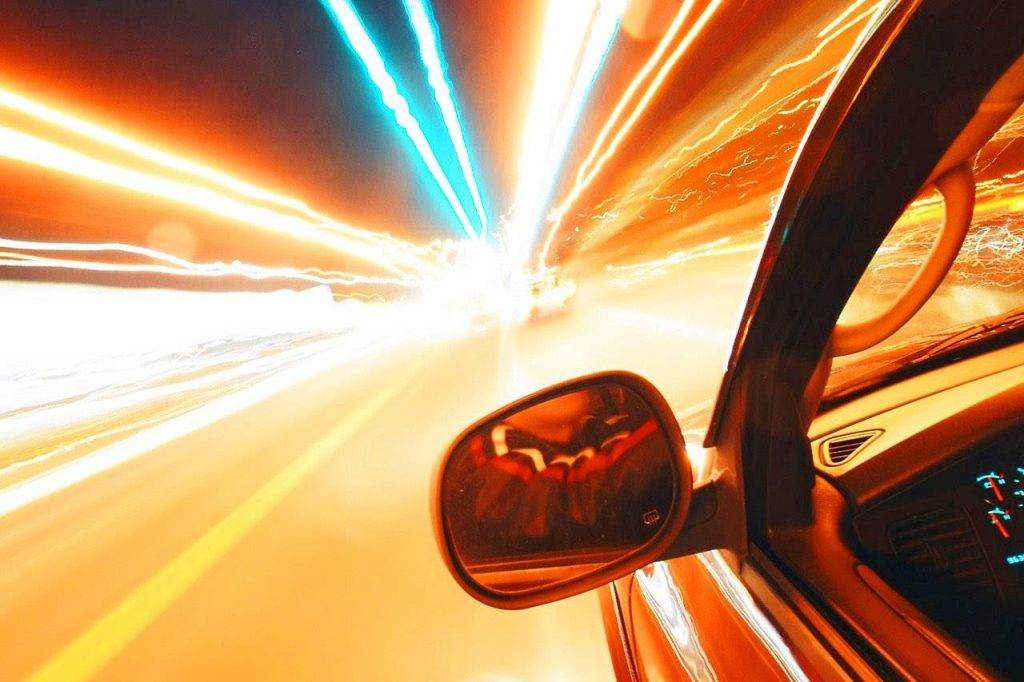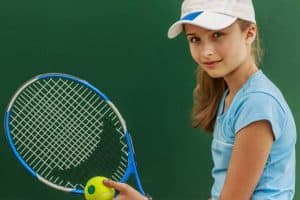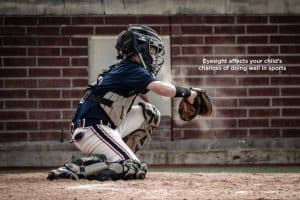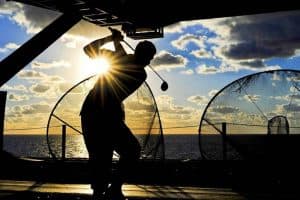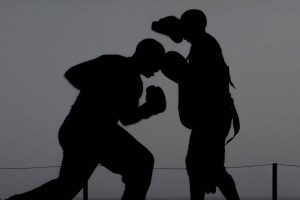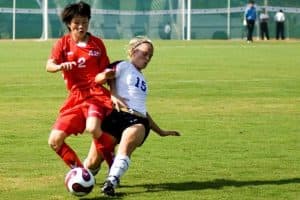Controlling a vehicle that reaches speeds of over 225 mph (360km/h) not only requires physical strength, but supreme visual skills.
Formula 1 (F1) drivers require physical endurance and mental stamina to ensure safety and success on the race track.
In the cockpit, constant cornering and braking generate five to six Gs of force— which can add up to 90 pounds to the body— putting a lot of physical strain on the driver. Therefore, physical training to strengthen the body is absolutely necessary, or these drivers are at major risk of losing control of their vehicle and lifelong health problems.
How do visual skills help F1 drivers?
Muscle strengthening is only one part of the training process for all F1 drivers, but strengthening the eyes and visual system are just as essential.
Focusing, judging distances, and tracking the position of nearby racers can mean the difference between success or failure on the track.
Excellent vision and strong visual skills are crucial for obtaining a clear view of the track and avoiding collision with competitors.
Superb vision and visual skills are necessary for F1 drivers to excel in reaction times, depth perception and dynamic vision.
What is sports vision training?
Sports vision training is a personalized program aimed at strengthening the communication between the eyes and the brain to improve the visual skills necessary for athletic success. Some of these visual skills include: hand-eye coordination, depth perception, dynamic visual acuity and peripheral awareness.
Speak to a sports vision eye doctor, as they may be able to take your game to the next level, even if you’re not an F1 driver.
SEE RELATED: Vision for Motorsports
Essential vision skills for F1 drivers
Two of the most essential visual skills required for F1 drivers include peripheral awareness and visual reaction time.
Peripheral awareness
Peripheral awareness allows you to see objects and images in your environment, without having to turn your head.
This skill is crucial for F1 drivers as it enables them to focus on the track while being aware of their surroundings and the flow of traffic as it changes.
Peripheral awareness keeps the F1 driver safe while speeding down the track at unbelievable speeds.
Visual reaction time
Visual reaction time enables F1 drivers to quickly react to stimuli on the track while maintaining speeds of 200 mph.
The reaction speed of F1 drivers is typically three times faster than that of average individuals.
When racing at around 200 mph, every millisecond counts — and a slight lag in reaction time can be disastrous.
Can sports vision training help all athletes?
Yes.
Sports vision training can help all athletes, no matter their age, to improve their performance.
Whether you play football, baseball, basketball, hockey, tennis, soccer, winter sports or water sports, sports vision training can give you the visual skills you need to up your game.
If you’re looking to improve your game, make an appointment with a sports vision eye doctor.
LEARN MORE: Guide to Sports Vision
Sports vision training combines mental and physical training and can help F1 drivers speed up their brain’s synaptic reaction.
The mind-body connection operates effectively, allowing them to react instantly on the racetrack – essential when speeds hit over 225 mph!

